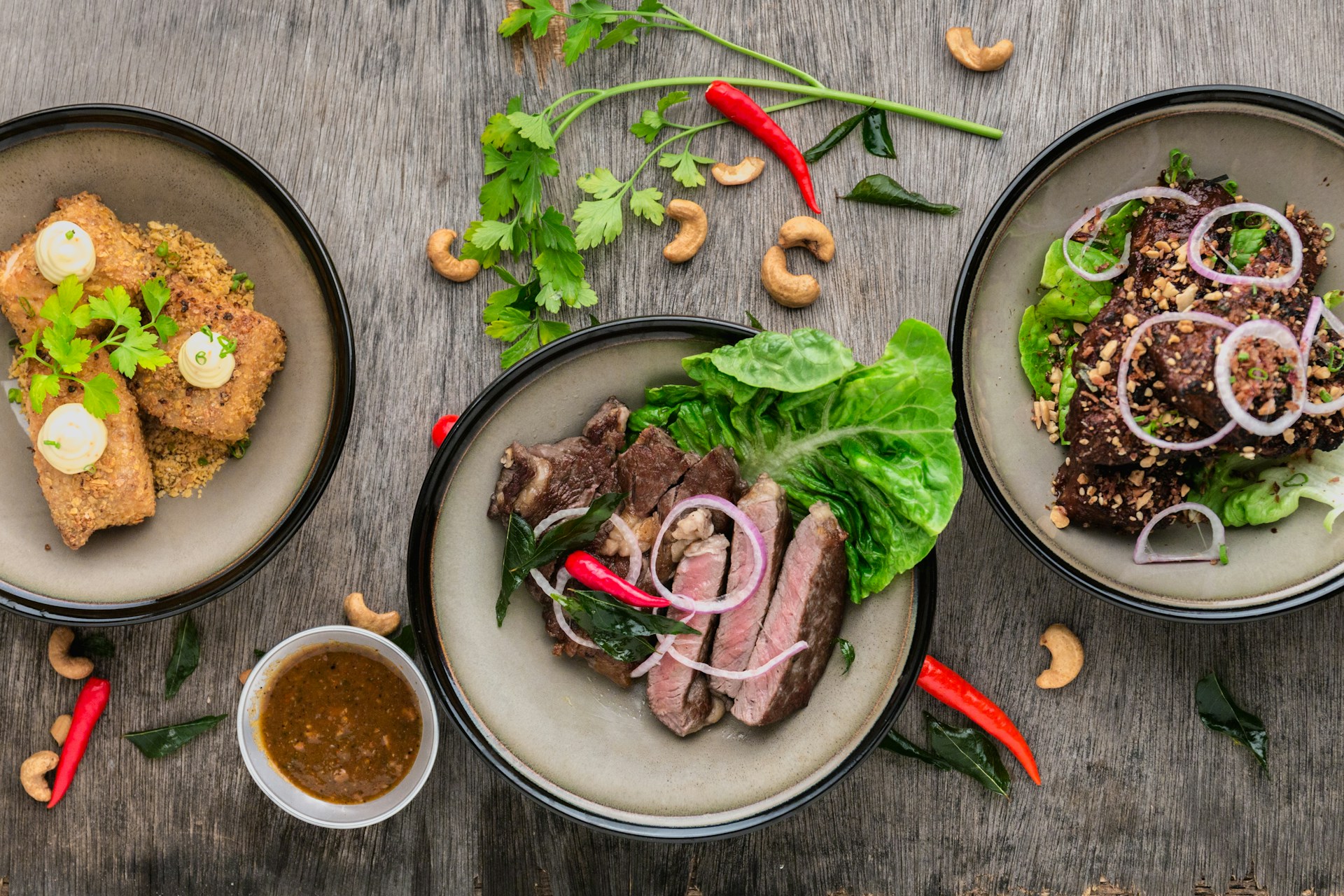ancient grain in a healthy cereal nyt,In recent years, the phrase “ancient grains” has gained significant attention in the health and wellness world, particularly in the context of breakfast foods like cereals. Once staples of ancient civilizations, these grains are now being heralded as nutritious, sustainable, and health-promoting alternatives to more conventional cereals. But what exactly are ancient grains, and why should they become a regular part of your morning routine?
What Are ancient grain in a healthy cereal nyt ?
Ancient grains are cereal grains that have been largely unchanged over the last several centuries. Unlike modern grains such as wheat, barley, and corn, which have been bred for higher yields and faster growth, ancient grains have remained largely the same. These grains were originally cultivated by ancient cultures and civilizations, often for their hardiness and nutritional value. The term “ancient grains” generally refers to grains that have been around for thousands of years and have not undergone the same level of modern breeding and genetic modification as today’s conventional grains.ancient grain in a healthy cereal nyt
Some of the most popular ancient grains include quinoa, amaranth, farro, millet, teff, spelt, and einkorn. These grains are often touted for their superior nutrient profiles, which include higher amounts of protein, fiber, vitamins, and minerals compared to modern grains. They also tend to have a lower glycemic index, meaning they don’t cause rapid spikes in blood sugar, making them an excellent choice for people managing diabetes or those looking to maintain energy levels throughout the day.ancient grain in a healthy cereal nyt
Why Choose Ancient Grains for Breakfast?
Incorporating ancient grains into your morning cereal has several key health benefits. While modern breakfast cereals are often loaded with sugar and refined carbohydrates, ancient grains offer a more wholesome, nutrient-dense option. Here are some reasons why ancient grains deserve a place in your cereal bowl:
1. High in Nutrients
Ancient grains are rich in a wide array of essential nutrients that modern diets often lack. For example, quinoa, often referred to as a “superfood,” is packed with complete protein, containing all nine essential amino acids that the body cannot produce on its own. It’s also a good source of iron, magnesium, phosphorus, and B-vitamins. Similarly, amaranth is another nutrient-dense ancient grain, offering high levels of protein and fiber, as well as minerals like calcium and iron.ancient grain in a healthy cereal nyt
Unlike refined grains, which are stripped of their nutritional content during processing, ancient grains retain their bran, germ, and endosperm. This means they provide more fiber, antioxidants, and vitamins, all of which are vital for overall health and wellbeing.ancient grain in a healthy cereal nyt
2. Rich in Fiber
Many ancient grains, such as farro, spelt, and quinoa, are excellent sources of dietary fiber. Fiber is essential for digestive health, as it helps maintain regular bowel movements, reduces the risk of constipation, and promotes the growth of healthy gut bacteria. Additionally, fiber plays a key role in regulating blood sugar levels, keeping you feeling fuller for longer, and supporting heart health by lowering cholesterol levels.ancient grain in a healthy cereal nyt
Breakfast cereals made from ancient grains provide a healthy dose of fiber that can support digestion and help with weight management. For example, a bowl of quinoa or farro cereal can contain as much as 5-6 grams of fiber per serving, a significant contribution toward meeting your daily fiber needs.
3. Plant-Based Protein Power
Ancient grains are an excellent source of plant-based protein, making them a great option for vegetarians, vegans, or anyone looking to reduce their consumption of animal products. Quinoa, in particular, is considered a complete protein, meaning it contains all nine essential amino acids that the body needs for muscle repair, immune function, and other critical processes.ancient grain in a healthy cereal nyt
Cereal made from ancient grains provides a protein-rich breakfast that helps to build and repair tissues, support immune function, and keep energy levels stable throughout the day. With a higher protein content than traditional breakfast cereals made from refined grains, ancient grain cereals can help curb hunger and prevent overeating later in the day.ancient grain in a healthy cereal nyt
4. Better Blood Sugar Control
Because ancient grains are less processed than conventional grains, they have a lower glycemic index (GI), meaning they are digested more slowly and do not cause a rapid spike in blood sugar. This can be particularly beneficial for people with diabetes or those trying to maintain steady energy levels throughout the day.ancient grain in a healthy cereal nyt
Foods with a high GI can lead to quick fluctuations in blood sugar levels, which may result in feelings of fatigue, irritability, and hunger. By choosing cereals made from ancient grains, you can enjoy a more stable blood sugar response and avoid the mid-morning energy slump that often follows consumption of sugary cereals.ancient grain in a healthy cereal nyt
5. Gluten-Free Options
Although not all ancient grains are gluten-free, many of them, such as quinoa, amaranth, and millet, are naturally gluten-free. This makes them an excellent option for people with celiac disease or those who follow a gluten-free diet. While traditional cereals made from wheat and other gluten-containing grains are off-limits for individuals with gluten sensitivity, ancient grain cereals provide a nutritious and safe alternative.
Additionally, even those who do not have a gluten sensitivity may find that reducing gluten in the diet can have benefits, such as improved digestion and reduced bloating. Including gluten-free ancient grains like quinoa and amaranth in your breakfast routine can contribute to a healthier gut and overall improved wellbeing.ancient grain in a healthy cereal nyt
6. Sustainable and Environmentally Friendly
One of the standout features of ancient grains is their sustainability. Many ancient grains are hardy crops that can thrive in less-than-ideal growing conditions. For example, teff, a tiny grain native to Ethiopia, is drought-resistant and grows well in poor soil conditions. Similarly, millet is known for its ability to withstand high temperatures and grow in arid climates.
By choosing cereals made from ancient grains, you are not only making a healthier choice for yourself, but also supporting more sustainable farming practices. These grains require fewer pesticides and fertilizers than modern, high-yield crops, and they help to preserve biodiversity by providing alternatives to monoculture farming.ancient grain in a healthy cereal nyt
How to Incorporate Ancient Grains into Your Cereal Bowl
Incorporating ancient grains into your breakfast cereal doesn’t require much effort. Many health food stores and grocery chains now carry pre-packaged ancient grain cereals, often mixed with dried fruits, nuts, and seeds for added flavor and texture. Alternatively, you can buy ancient grains like quinoa, farro, or amaranth in bulk and cook them yourself to create a hearty, homemade cereal.ancient grain in a healthy cereal nyt
Here are some easy ideas to get started:
- Quinoa Porridge: Cook quinoa with almond milk or coconut milk, and top with fresh fruit, a sprinkle of cinnamon, and a drizzle of honey for a delicious, protein-packed breakfast.
- Farro Cereal: Cook farro and mix it with a little milk or yogurt, and top with berries, walnuts, and chia seeds for a fiber-rich breakfast.
- Amaranth Pudding: Make a warm, creamy amaranth pudding by cooking it with milk and sweetening it with maple syrup. Add your favorite fruit and nuts for an added crunch.
- Millet Granola: Combine cooked millet with oats, nuts, and dried fruit, then bake into a crunchy granola that pairs perfectly with milk or yogurt.
Conclusion
Ancient grains are not only nutritious and versatile, but they also offer a wealth of health benefits that make them an excellent choice for breakfast. Whether you’re looking for a high-protein, fiber-rich cereal or a gluten-free option, ancient grains like quinoa, amaranth, farro, and millet can provide a hearty, wholesome start to your day. By choosing ancient grain cereals, you can support better digestion, sustained energy levels, and overall health—all while making a more environmentally sustainable choice.











